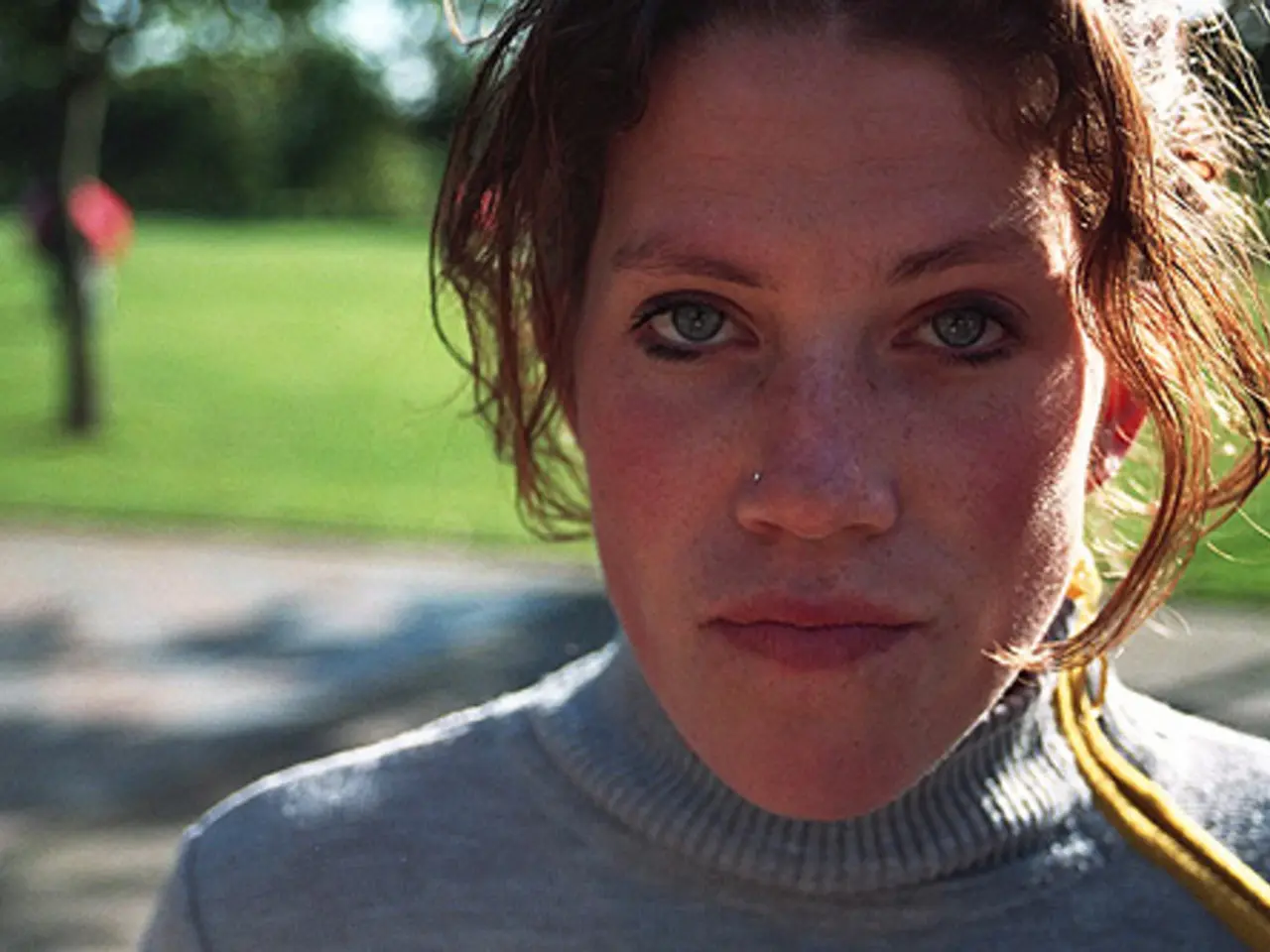Comprehensive Overview of Nose Reshaping Procedures in India
Rhinoplasty, a cosmetic surgery, is a popular procedure used to reshape and resize the nose, addressing both aesthetic and functional issues. This surgical technique can alter the size of the nose, the breadth of the bridge, the placement of the nasal tip, the size of the nostrils, and the symmetry of both nostrils.
The nose, consisting of four main divisions - bone, upper cartilage, lower cartilage, and skin - can undergo various corrections to address common nasal deformities. These deformities include genetic deformities, crooked septum, saddle nose, hooked nose, and dorsal hump.
For a saddle nose deformity, a dorsal graft is used to correct the depression on the dorsum. This graft can be made from cartilage extracted from the septum or ribs, or from an implant. In a dorsal hump deformity, the Piezotome is used to rasp the bone, smoothing out the hump and creating a straight center line.
In a hooked nose deformity, the tip of the lower lateral cartilages is turned upwards using a technique known as cephalic dissection. For a broad nose deformity, the nasal bones are broken and reshaped, a procedure known as osteotomy.
Rhinoseptoplasty, a combination of Rhinoplasty and Septoplasty, corrects a deviated septum and the shape of the nose. This procedure is often used to improve both the appearance and function of the nose.
Three incisions are made during Rhinoplasty: one within each nostril, one at the base of the nose, and one at the tip of the nose. The incisions are closed with absorbable sutures, eliminating the need for a follow-up visit to remove them.
Various techniques such as open rhinoplasty (incision across the columella), closed rhinoplasty (incisions inside nostrils), and tiplasty (reshaping just the nasal tip) are used to address different types and severities of deformities. The surgeon's choice determines whether general or local anesthesia is used for the surgery.
Rhinoplasty can help correct various types of nasal deformities, such as a broad nose, dorsal hump, saddle nose, hooked nose, and large nasal base. It can also address more complex deformities like cleft lip nasal deformity, twisted (crooked) nose, alar deformities, collapsed nasal bridge, retracted columella, upturned or "piggy" nose, bifid (split-tip) noses, deviated septum and breathing issues, and severe nasal trauma or injuries.
Dr. Rajat Gupta, a practitioner specializing in Rhinoplasty surgery, aims to make the nose blend harmoniously with the rest of the face. Patients can choose between general or local anesthesia, with the choice depending on the specific needs of the patient. Rhinoplasty can be performed for cosmetic reasons, such as improving self-confidence, or for reconstructive reasons, such as correcting nasal deformities caused by genetics, trauma, or disease.
[1] Rhinoplasty: A Comprehensive Guide [2] Understanding Rhinoplasty: What You Need to Know [3] Rhinoplasty: What You Need to Know [4] Rhinoplasty: What You Need to Know [5] Rhinoplasty: What You Need to Know
- Plastic surgery, a field of science, includes cosmetic procedures like rhinoplasty, which reshapes and resizes the nose for aesthetic and functional purposes.
- Medical-conditions, such as saddle nose deformity, can be corrected through rhinoplasty, a popular medical-procedure, using methods like dorsal grafts and Piezotome rasp.
- Health-and-wellness blogs often discuss various techniques used in rhinoplasty, including open rhinoplasty, closed rhinoplasty, and tiplasty, to address diverse nasal deformities.
- Fitness-and-exercise routines play a crucial role in pre- and post-rhinoplasty recovery, ensuring optimal health and quicker healing.
- Nutrition is essential during the recovery phase after rhinoplasty, as balanced meals aid in faster healing and the reduction of post-surgery swelling.
- For individuals considering rhinoplasty, it's important to weigh both cosmetic and reconstructive reasons, such as enhancing self-confidence or correcting nasal deformities caused by genetics, trauma, or disease.




